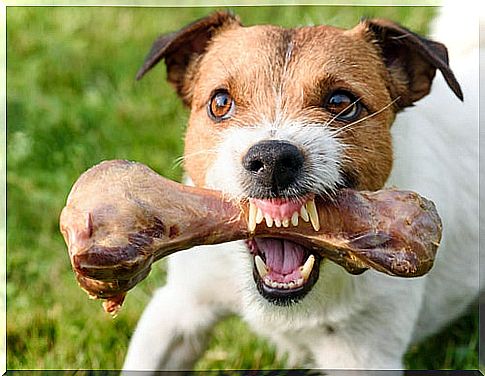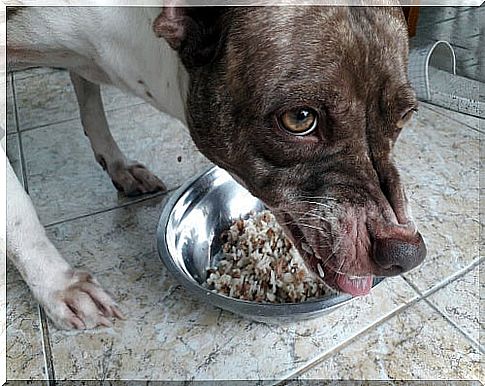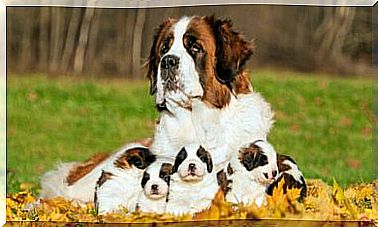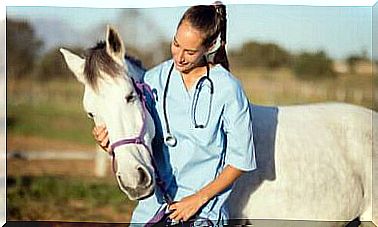Aggressiveness In Dogs Related To Food

The aggressiveness that some dogs display to protect their food can be a serious problem. In this situation, there is a danger of other dogs or humans in the house being bitten. In addition, this problem can evolve over time, making the picture worse.
The canine behavior of protecting your possessions is normal. Wild animals that successfully protect their valuable resources, such as food, companions and living areas, are more likely to survive in the wild.
How to recognize if aggression in dogs is caused by food?
Food aggressiveness is a form of resource protection in which a dog becomes very defensive when eating. The dog uses threats to force other people away.
Aggressive behavior can be directed at other animals, humans, or both. Aggression is considered mild if the animal only growls and shows its teeth. In moderate aggression, the dog attacks when someone approaches him. In severe cases, it bites.

What causes aggression in dogs to protect food?
It is easy to assume that food aggression is a demonstration of dominance, but this is not always the case. Competition for food with littermates is the main cause.
Often, there may be one or two puppies who dominate the food plate at meals and use aggression to do this. Any puppy that exhibits food protection behavior before 16 weeks of age should be evaluated by a veterinarian as this is an early sign of aggressive behavior development.
There are a variety of things that dogs find valuable.
While many dogs protect their food, others protect bones or chew toys. Some store stolen items such as packaging or socks.
It may happen that the dog only directs the protection of resources to certain people, often unknown. Others protect their resources from everyone else.
How to recognize if aggression in dogs is related to food?
First, look at body language when the dog is eating. You can see that his body will become rigid and he can keep his head down.
Also, another sign is that the whites of your dog’s eyes are visible. He can keep his ears back, his tail down, and his hair can rise. A dog can show any or all of these signs. Finally, there are the signs mentioned above: growling, attacking or biting.

Is it possible to control food-related aggression in dogs?
The first step is to assess your puppy’s general behavior. Does this behavior only occur in relation to the possession of food or does it extend to other things, such as your favorite toys, resting places or even the people in the house?
If the behavior is not limited to food, your dog shows a general protection of resources. It is very important to understand the situation and interpret your puppy’s motives.
Assess your dog’s confidence and overall behavior
If your dog is naturally dominant, you should assert yourself as the pack leader in a calm and assertive manner. On the other hand, if your dog is shy or fearful, you will need to build his confidence and teach him that his food is safe with the humans around him.
Finally, it is important to determine if the food aggressiveness is mild, moderate or severe. For severe cases, start by consulting a professional to initiate appropriate treatment.
Simple techniques to combat food aggressiveness in dogs
Stick to mealtimes. If the source of your dog’s aggression is fear or anxiety about when he’ll have more food, consistent supply will help. Make sure you always stick to the same eating routine.
Dogs have a very good internal clock and quickly learn when it’s time to get up, take a walk, or when their owners are going home. Punctuality in eating helps to eliminate anxiety.









